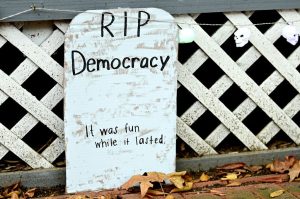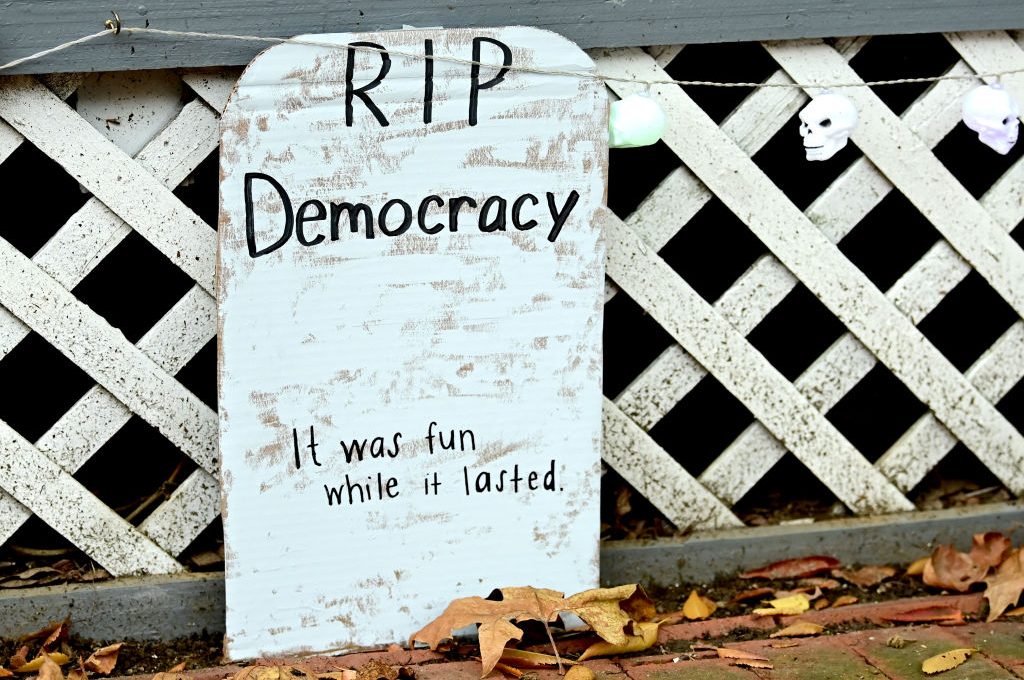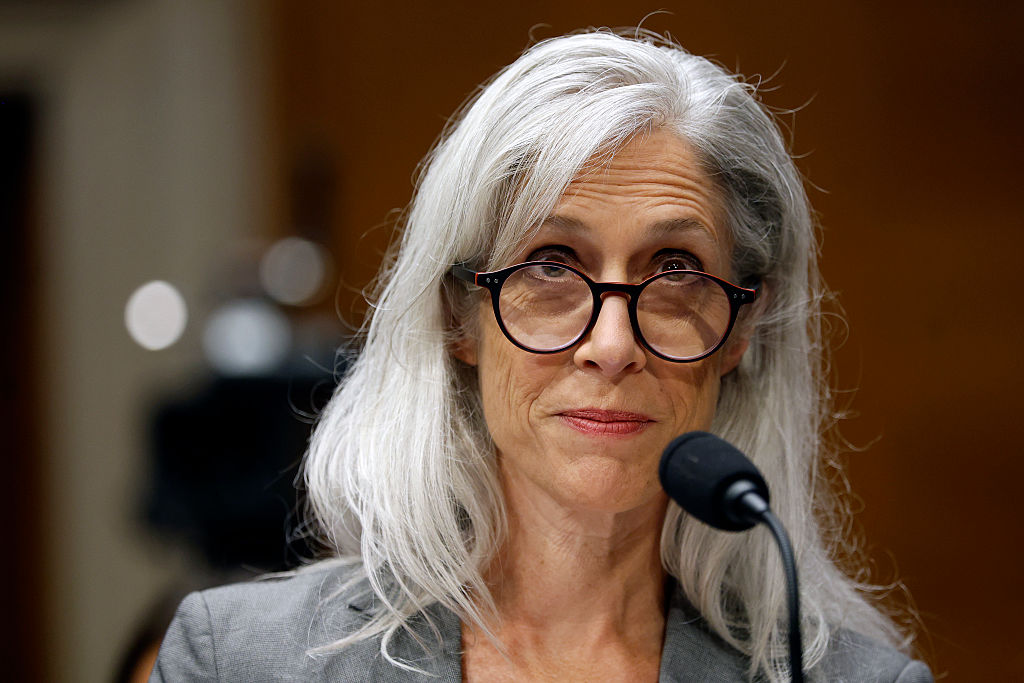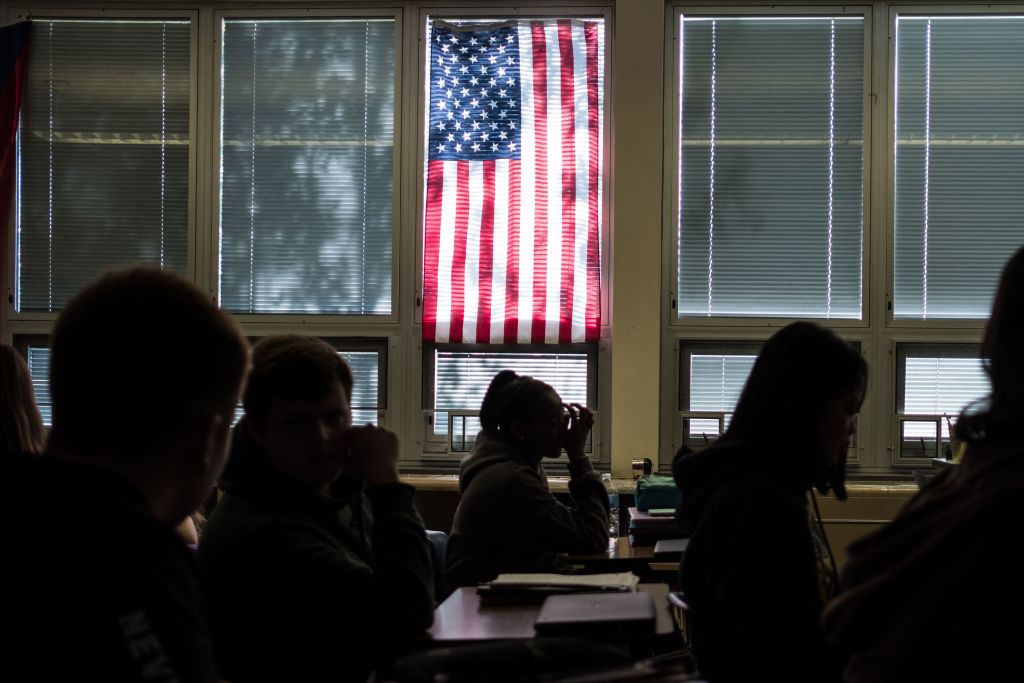Nothing much happens in South Dakota. It is a long way, in almost every sense, from the bright lights of New York, which was the epicenter of the spring coronavirus outbreak in North America. Now, however, the Midwestern state, which was previously hailed for taking the ‘Swedish approach’ to coronavirus, is a federal disaster zone with the virus rampaging out of control. So what went so badly wrong? And is there a lesson for the rest of us?
When the pandemic first hit the US, the ‘Plains States’, including South Dakota, escaped relatively lightly. On April 15, coronavirus daily diagnoses in South Dakota peaked at 181. The daily death count topped out on May 6 when five people passed away. This time around, however, South Dakota has not been so fortunate.
Over the last week, South Dakota has recorded stark COVID-19 death rates and its hospitals are rapidly filling up with COVID patients. How did this happen? Because its governor adopted an extreme libertarian approach and resisted imposing any orders for people to stay at home, instead preferring to give residents the freedom to continue their lives as they liked, with no mandate on masks or stay-at-home orders.
Besides shoppers and workers being told to keep their distance from each other, for the most part, South Dakota’s governor, Kristi Noem, has refused to place any restrictions on people’s lives. In April, she complained that ‘so many people [had given] up their liberties for just a little bit of security’. Over the summer, as many as 500,000 people attended a mass motorcycle rally in the state.
Of course this stance might have seemed reasonable at first given the limited initial impact COVID-19 had on this part of America at the start of the pandemic. Since the middle of September, however, such complacency has looked more and more unwise. Numbers of newly-diagnosed infections, hospitalizations and deaths have been climbing steadily.
But even as she stands on the precipice of this dire situation, Gov. Noem has not been spurred into action. ‘I’m going to continue to trust South Dakotans to make wise and well-informed decisions for themselves and their families,’ she wrote last month. ‘I’m also asking that we all show respect and understanding to those who make choices we may not agree with. Our trust in the data and in each other has been rewarded. This is a testament to the people of South Dakota — our greatest weapon against this common enemy.’
How measly such words must seem for the medics on the frontline in her state’s hospitals.
And what does she mean by ‘trust in the data’? It isn’t clear, particularly when the data makes for grim reading. South Dakota currently has 60.5/100,000 of its citizens in hospital with COVID-19. Why would anyone think this is a reason to blithely carry on as they’ve done before?
Meanwhile, South Dakota’s neighbor, North Dakota, is also in a lot of trouble for adopting a similarly laid-back approach. The situation is so dire, in fact, that North Dakota’s governor Doug Burgum has said healthcare workers who test positive for the virus can continue working in COVID units. North Dakota’s numbers trump South Dakota for per capita cases of new infections, but only now is this beginning to filter through to hospital admissions. Burgum belatedly announced a statewide mask mandate on Friday.
The World Health Organization has advised governments that to have an accurate picture of the scale of their issue with the virus, testing positivity rates (how many tests come back positive for the coronavirus) need to remain at or below five percent for at least 14 days. If a positivity rate is too high it means that the testing system is only covering the sickest people (the ones who seek medical attention) and is not casting a wide enough net to gain an accurate picture of how the virus is spreading within the population.
In North Dakota, the positive testing rate is 17 percent. In South Dakota it is 55 percent. Both states appear to be underestimating their epidemics, but South Dakota’s real, per capita, numbers of new infections is likely the highest in the US. Yet the two Midwestern states are far from alone in underestimating COVID-19.
The supposed global exemplar for letting COVID-19 work its way naturally through a society is, of course, Sweden. But it is wrong to think our Scandinavian friends have simply sat on their hands as their infection numbers increased.
Unlike South Dakota, the government in Stockholm is at least aware of the gravity of this pandemic. Sweden’s prime minister Stefan Löfven said earlier this month that all of his country’s metrics are ‘going in the wrong direction…The infection is spreading fast, and in the past week the number of people being treated in intensive care has more than doubled’. So much for the idea that they’d obtained herd immunity.
Throughout this crisis, regional decision-making has been the preferred approach in Sweden; four more regions are now in the process of increasing their COVID restrictions. Nationally, the Public Health Agency of Sweden is advising people to continue working from home where they can. Establishments selling alcohol, such as bars, restaurants and nightclubs, will soon have to close from 10.30 p.m., a prohibition that will last until February. Visits to care homes are to be banned in Stockholm and Gothenburg. This puts paid to the idea that Swedes have been able to continue with their lives unrestricted and unaffected by this global crisis. Unfortunately, however, this narrative has proved too alluring for some.
To fail to act when the wheels are so clearly falling off your strategy to contain the coronavirus — as South Dakota is doing — is nothing less than willful negligence. We should be wary of the siren call to inaction, the pretense that doing nothing is a sensible course of action.
Sweden has not, despite many claims to the contrary, done nothing, but its strategy has been deliberately light on compulsion and is nowhere near the success that it is often held up to be.
What’s more, we see with South Dakota that a genuine ‘do nothing’ strategy could be an even more spectacular failure. It is wishful thinking to believe such a strategy could work anywhere else.
The only thing that works once the virus has gathered enough of a head of steam to cripple our hospitals (and there is no doubt that the virus could easily do this if allowed to rampage through the population), is an order telling people to stay at home, whether it’s applied regionally or nationwide. When regions emerge from a state of lockdown, they are still going to have to keep viral spread suppressed until a vaccine can be widely administered.
The lesson here is that left unchecked, coronavirus will spread. While the more restrictive a society is of people’s interpersonal interactions, the less the virus will spread. This is very basic biology, but we seem to want to ignore it.
[special_offer]
South Dakota’s approach worked initially because it was exposed to very little virus in the spring. It is not at a global crossroads like New York, which has over 13 million foreign visitors each year. Neither is it densely populated. But something changed this fall to kick off the spread. It might have been that there was more virus introduced from outside the state or it might be that the glowing embers of infection were fed accelerant by changes in people’s living patterns come the autumn. The truth is that we simply don’t know.
There will be no magic solution to South Dakota’s problems. The march of the virus will only be stopped by breaking the chains of infection; that can only happen by reducing personal contacts.
South Dakota is home to Mount Rushmore, where the faces of four of the United States’s most significant presidents are carved into a mountainside. The state itself is now at risk of becoming a national memorial to COVID complacency. Sadly, the lasting impression will not be made in stone, but cut instead with human lives, leaving a legacy of thousands of grieving families.
Dr Simon Clarke is associate professor in cellular microbiology at the University of Reading in the UK. This article was originally published onThe Spectator’s UK website.

























